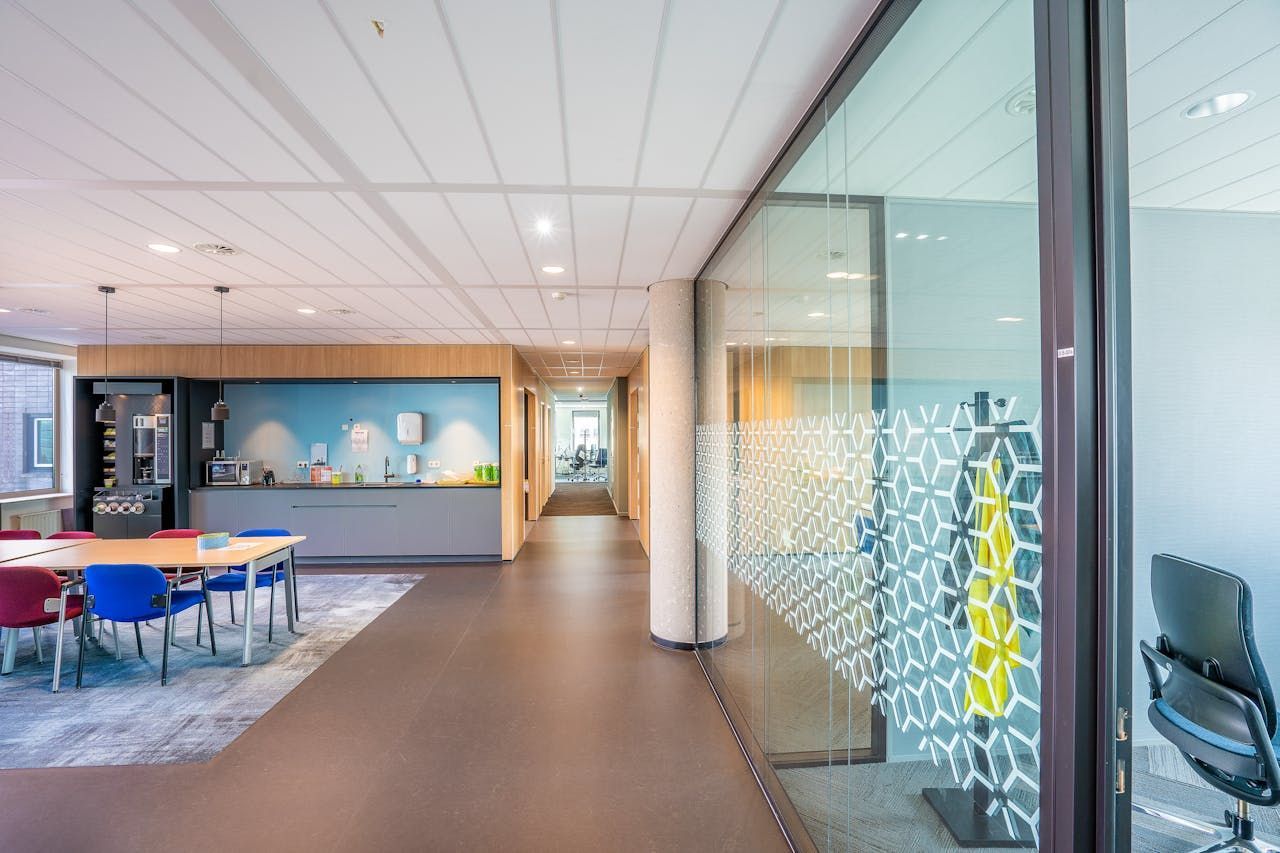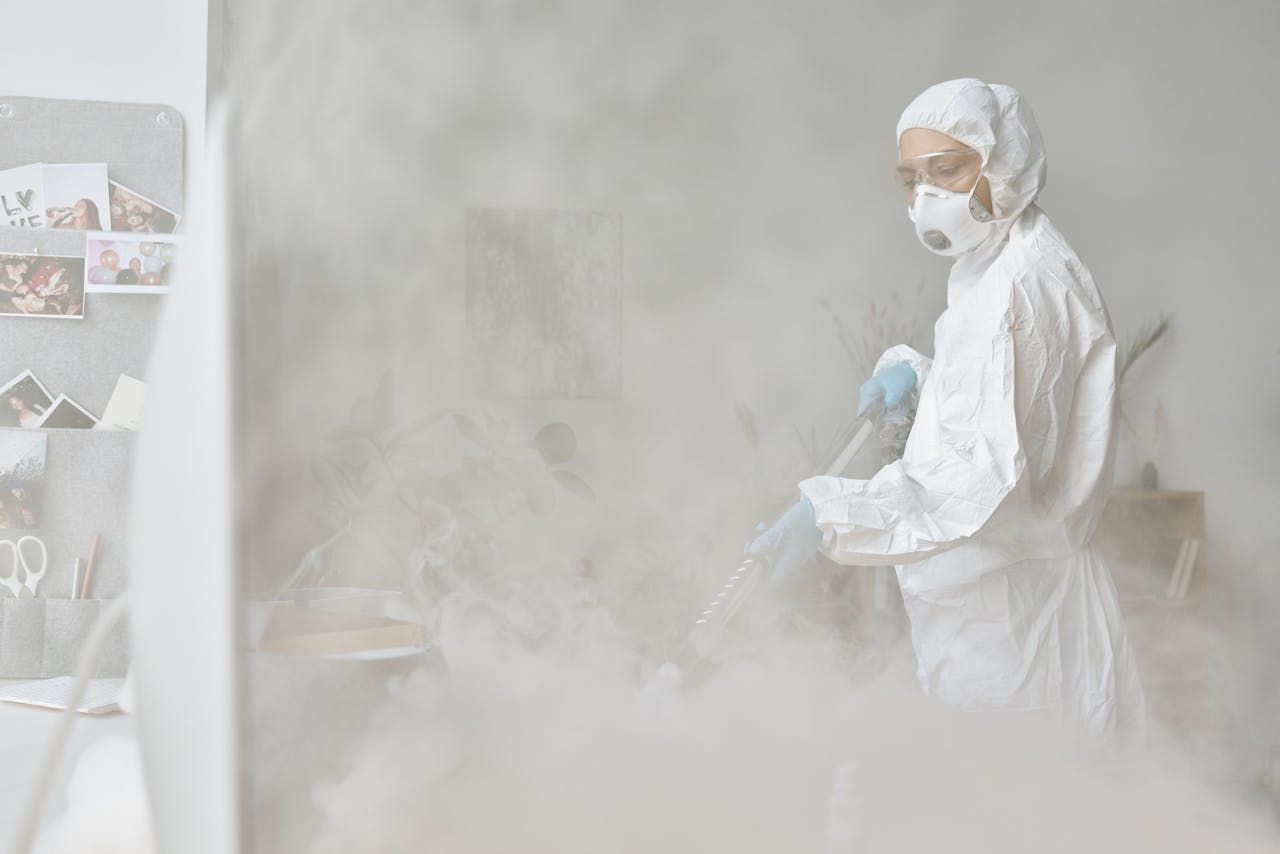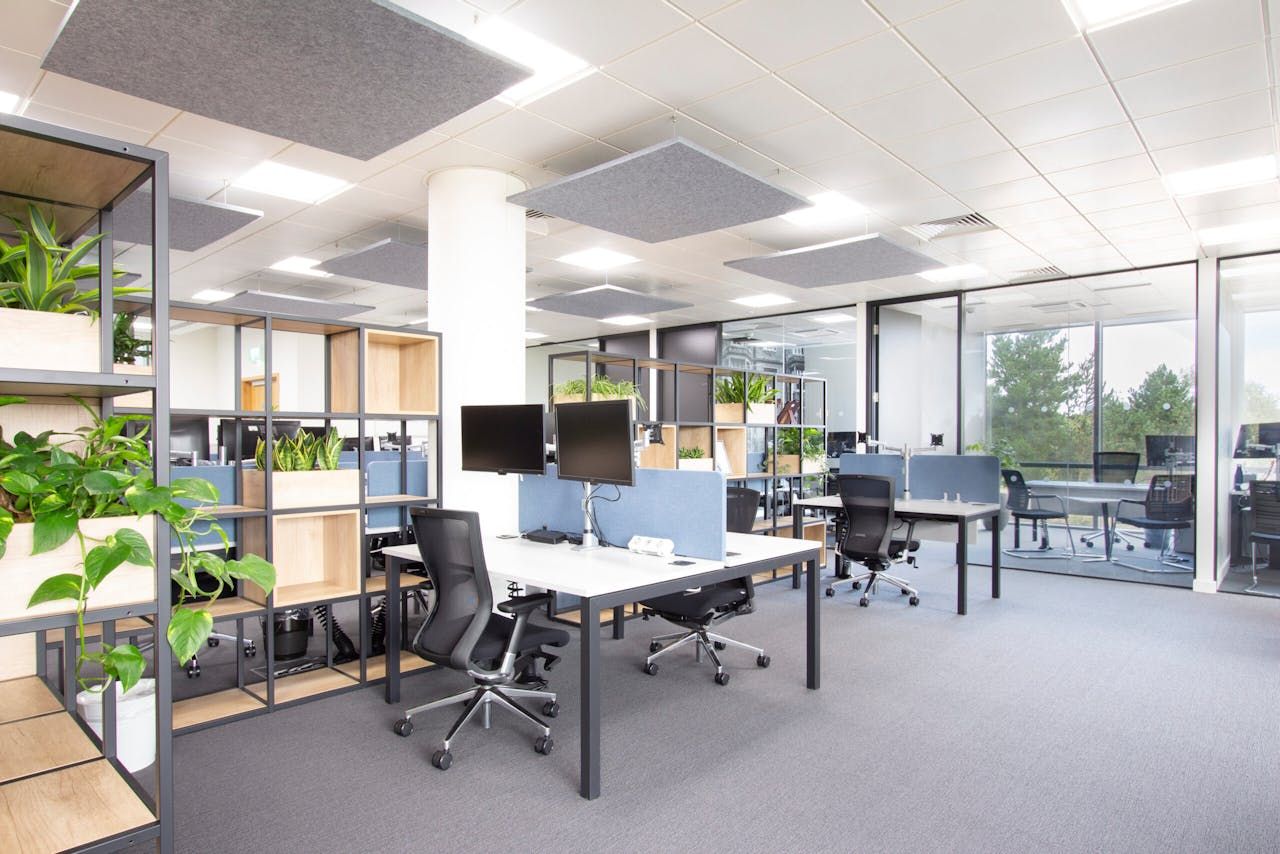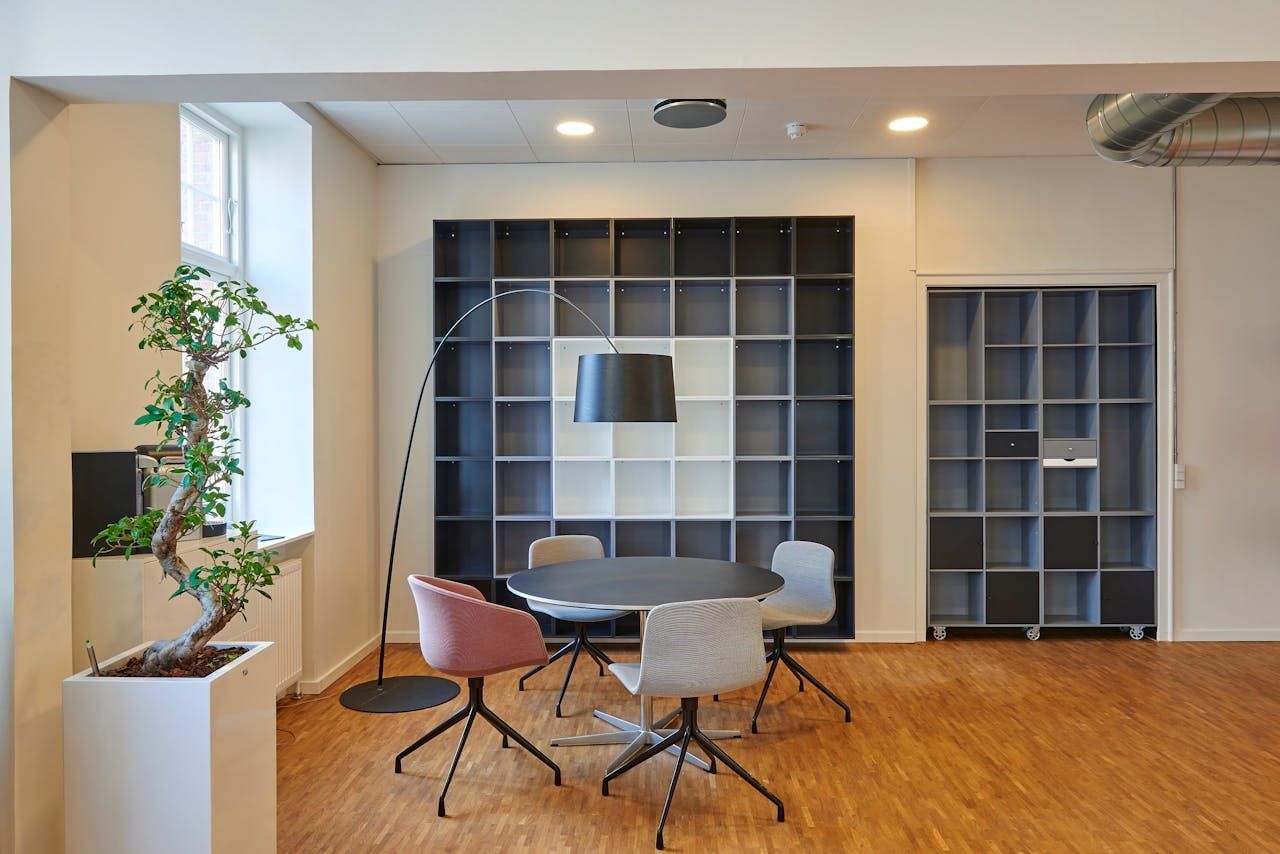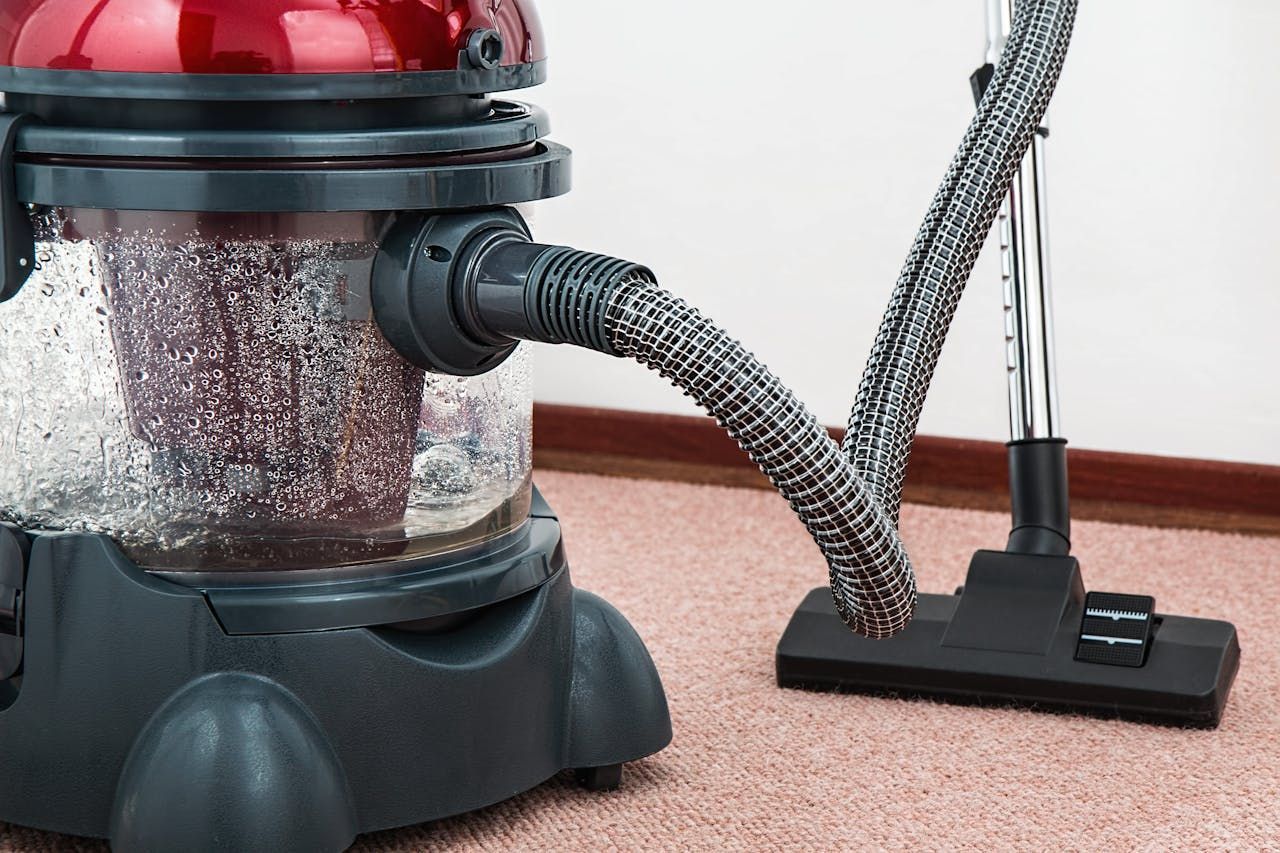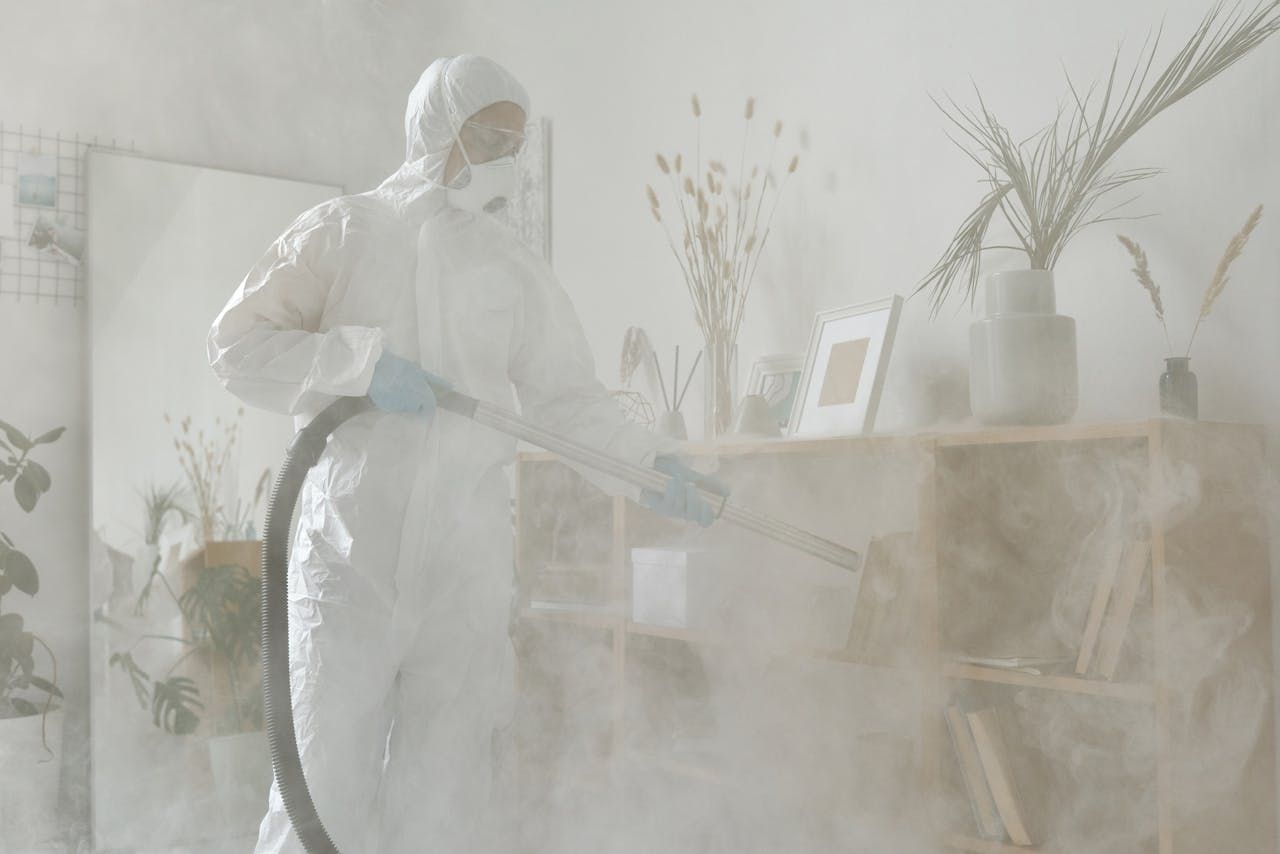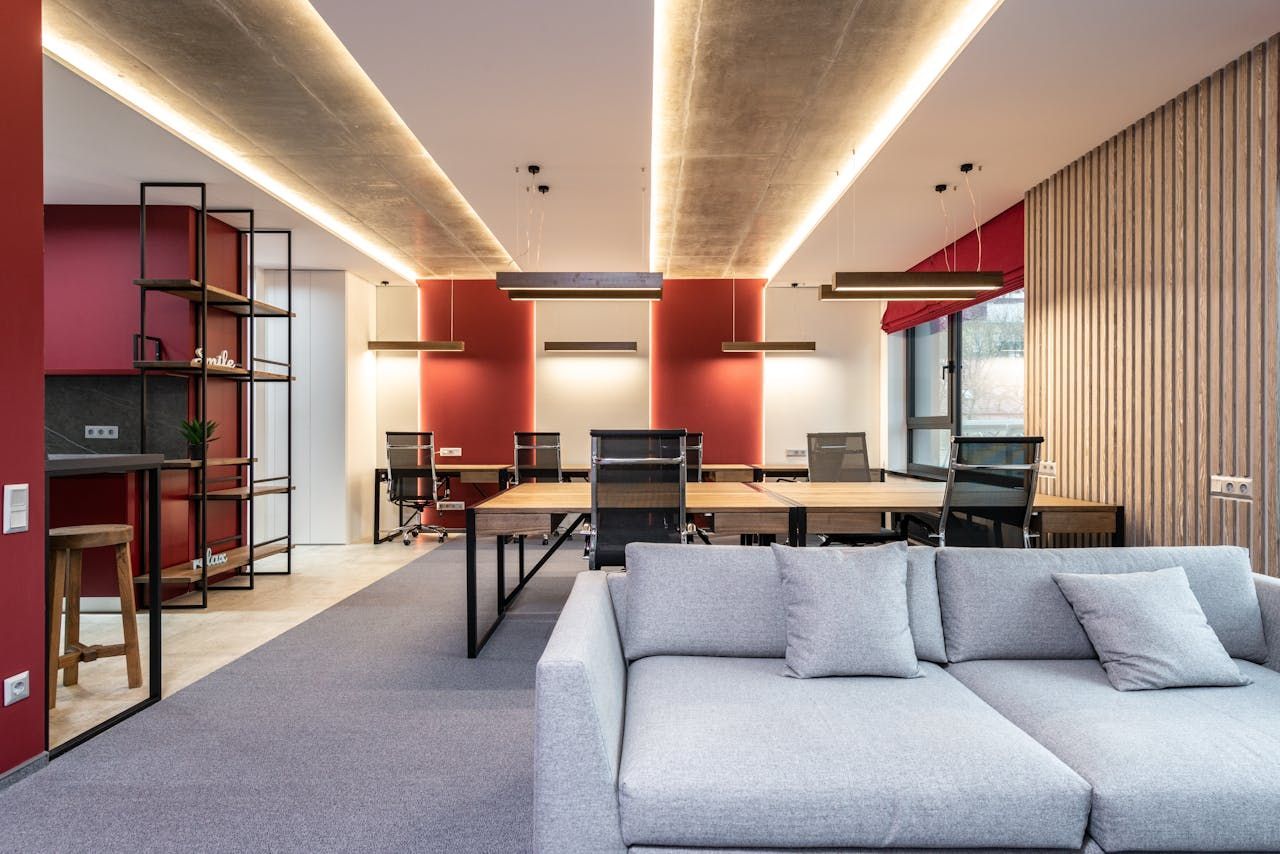Stress-Free Work Environments: How Cleanliness and Order Reduce Stress
You walk into your office a little tired but ready for the day, but you’re met with a scene of clutter and chaos. Waste paper bins overflow with crumpled documents, desks with coffee stains, and dust and crumbs collect in every corner.
How ready for your work day would you feel now?
Untidiness and mess are hidden causes of stress in the workplace, negatively impacting your team’s well-being and productivity. Unfortunately, this can get overlooked in busy offices.
But grimy, chaotic workplaces have been proven to increase anxiety, hinder focus and generally affect everyone’s motivation levels.
Learn how cleanliness can lead to a more peaceful and productive office (with some help from cleaning experts).
The Science of Clean
There’s a direct connection between how messy your office is and your team’s mental well-being, and science can show us exactly why.
Studies show that the relationship between visual clutter and the physiological stress response is more closely tied than you might think. Clutter and dirt have often been associated with increased anxiety levels, feelings of overwhelm and lower motivation levels. Untidiness effectively overstimulates the brain, making it difficult to focus and leading to negative effects on mood.
Research shows that employees who work in a well-organised, clean, and tidy environment are much more likely to demonstrate high levels of productivity and even greater efficiency in their daily tasks.
This is because visual clutter (mess we can’t get away from or hide from sight) forces your brain to constantly divert attention, dividing your focus between the untidy surroundings and the work you’re trying to get done.
When your workplace is better organised, your team will have an easier time doing what’s most important rather than being distracted by clutter.
Why Your Office Is Bad For Your Health
Clutter isn’t just bad for your emotional health; it can be bad for your physical health, too.
A messy office is the ideal place for germs, bacteria and dirt to thrive, causing unhelpful and even dangerous health consequences. Where can you find these mostly invisible dangers in the workplace?
Office Desks
Desks are where your team is likely to spend the majority of their time, and they may eat and drink at their desks.
This means desks are the most likely location for germs to take root on stains, spills, food debris and forgotten pieces of rubbish. It’s also likely that coughs and sneezes will occur mostly at the desk, spreading bacteria across the workspace that’s extremely difficult to keep on top of.
Keyboards
The cleanliness issue with keyboards comes from their place at the desk. Just imagine all the dirt and bacteria trapped between the keys - it’s pretty grim.
Keyboards are notoriously tricky to clean and are often not included in daily cleaning schedules. But without regular shaking out and wiping down, your fingertips touch, add to and spread that biohazard that takes centre stage on the desk.
Shared Spaces
These are the spaces like the cafeteria, toilets, meeting rooms and shared working areas.
They’re often a breeding ground for unseen germs because of their high footfall; with multiple visitors on a daily basis, shared spaces are most likely to harbour pathogens on touchpoints and spread illness among the workforce.
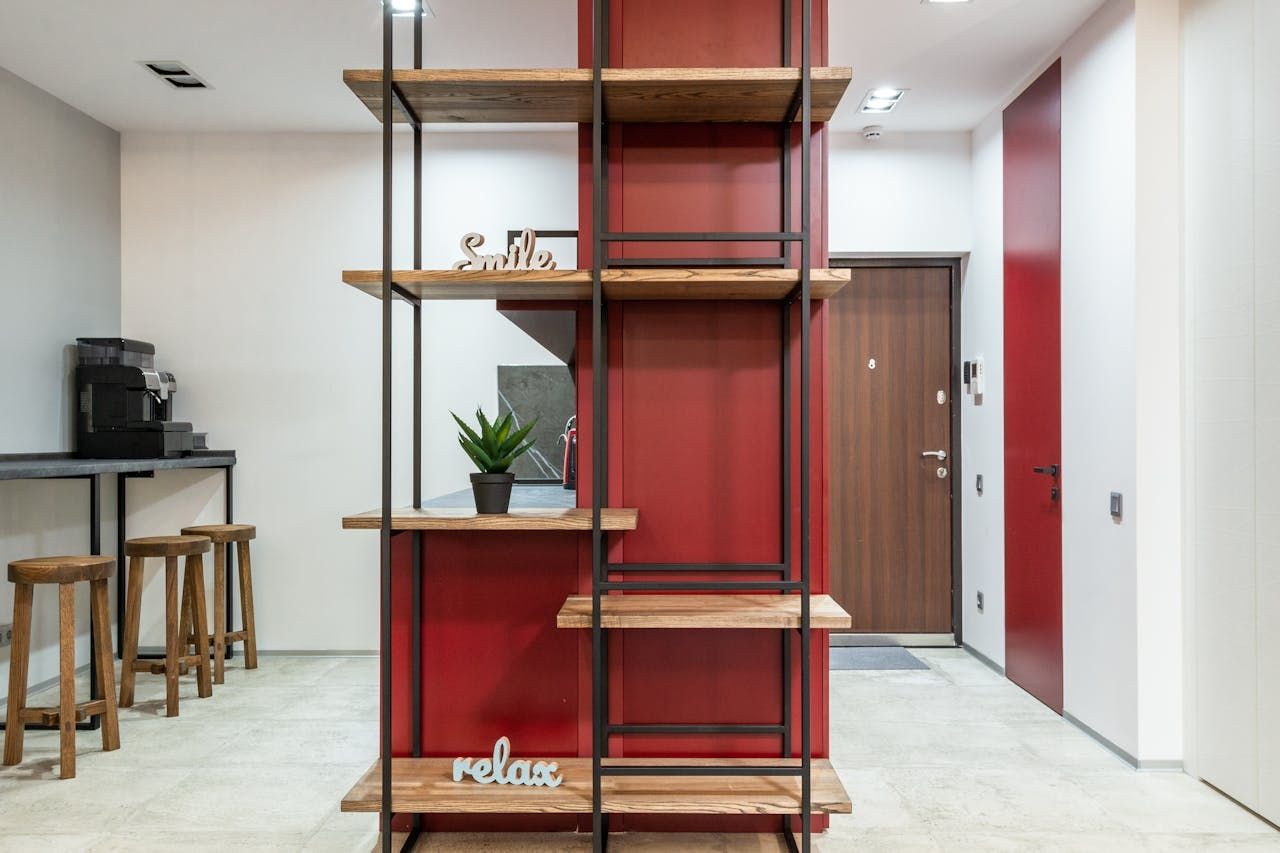
Air Conditioning Systems
Your air conditioning units are likely holding on to dust and dirt that hasn’t been cleaned for years.
Combined, these risks to your team’s health lead to more illness and sick days. Illnesses often leave people with work to catch up on or adds additional workload for those left in the office. All of this means more stress for your employees and lower productivity for everyone in the workplace.
Stress Symptoms in the Office
Are you wondering if people on your team are stressed? There are some common behaviours you can look for (these are not diagnoses, just observations to help you assess your team’s stress levels overall).
- Irritability - Are your employees having a harder time communicating without frustration? Is your team more likely to become overwhelmed when under pressure or when something goes wrong?
- Decreased focus - Does your team constantly redirect attention to new projects or forget timelines and scheduled meetings?
- Low motivation - Is your workforce slow to find their momentum when given a task?
- Difficulty making decisions - Do you get a lot of questions or check-ins before any decision can be made?
- Procrastination - Has your team’s ability to follow through with objectives reduced? Have you noticed employees finding other things to do when they should be focusing?
These can all affect a person's confidence, morale, and mental well-being. They can also affect your team as a whole, reducing the overall sense of motivation and impacting your company’s employee culture.
Aside from the human aspect, there’s a definite effect on the company's bottom line: absenteeism, decreased output, and potential effects on customer service all mean poor performance for your company at large.
Cleaning For Less Stress
If you want to create a more organised and stress-free environment that you can implement quickly and easily, consider these practical steps to create a productive workspace.
- Daily decluttering routines: Get your employees to make a habit of spending 5 minutes at the end of the day putting things where they belong, i.e., waste paper in the recycling and rubbish in the bins.
- Disinfecting: Your first wave of defence against the spread of germs could be using antibacterial cloths to wipe down high touch points like door handles, keyboards, microwaves, elevator pads, etc.
- Clear desk policies: Encourage your employees to take responsibility for keeping their desks limited to the essentials, such as a keyboard, mouse, a couple of personal items and must-have paperwork.
- Storage: Consider implementing optimised storage systems which are easily accessible and labelled for improved convenience.
While these tips create significant change, deeper cleaning tasks may require a little more expertise. LNC Services offers a range of office cleaning and maintenance services for a truly stress-reducing environment.
Your Workspace Transformed
Keeping your workplace clean and tidy goes beyond visual improvements. Cleanliness is going to keep your employees motivated, productive, happy and safe. Just as ergonomic furniture and equipment are important for employee comfort, tidiness assures a stress-free environment that prioritises a culture of wellness and productivity.
Ready to transform your office into an orderly, stress-free space where your team can actually get work done?
Request a quote
from our expert cleaning professionals at LNC today.
